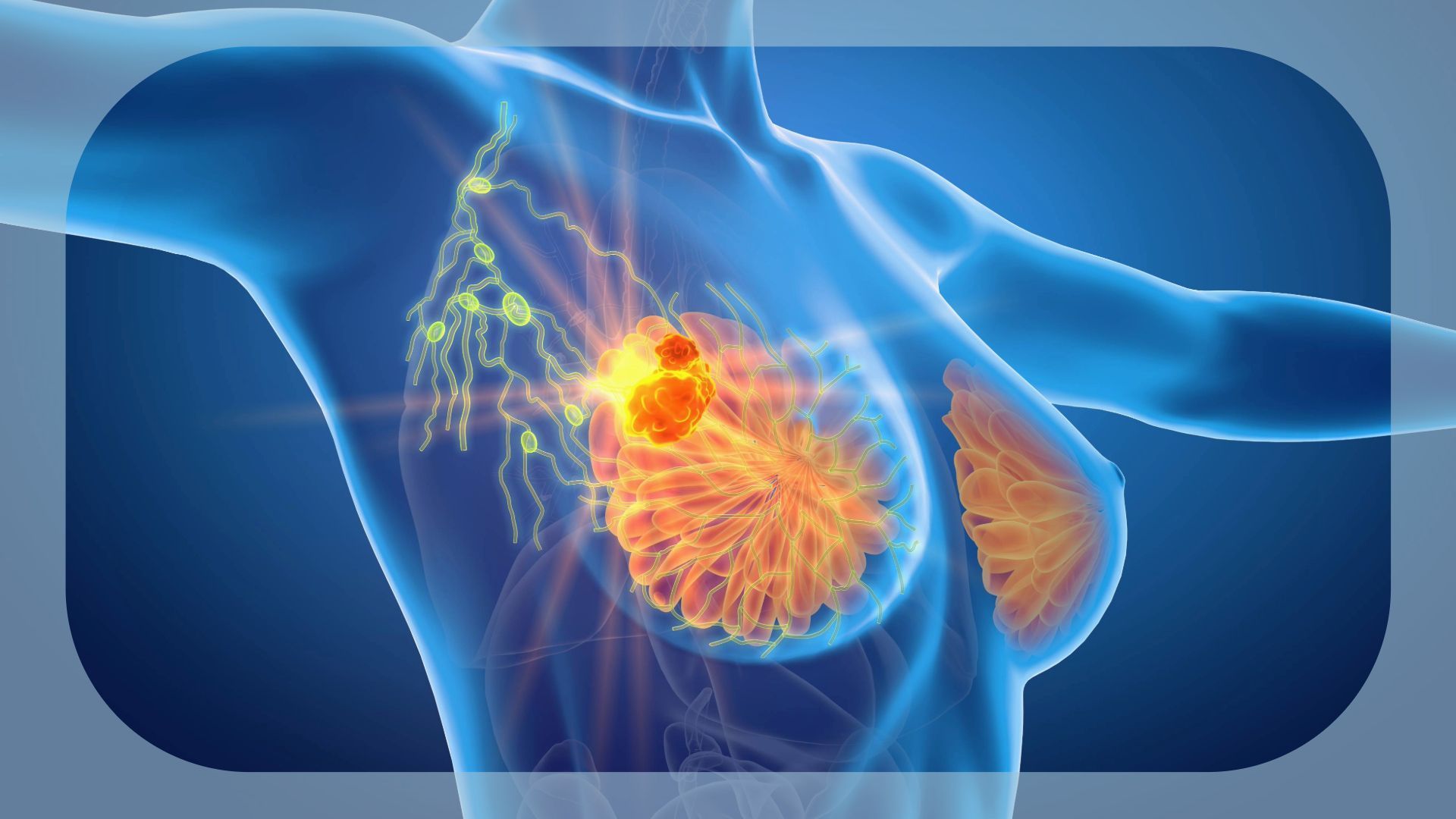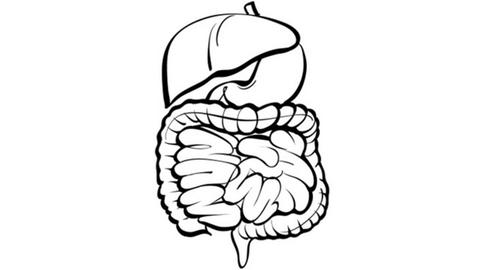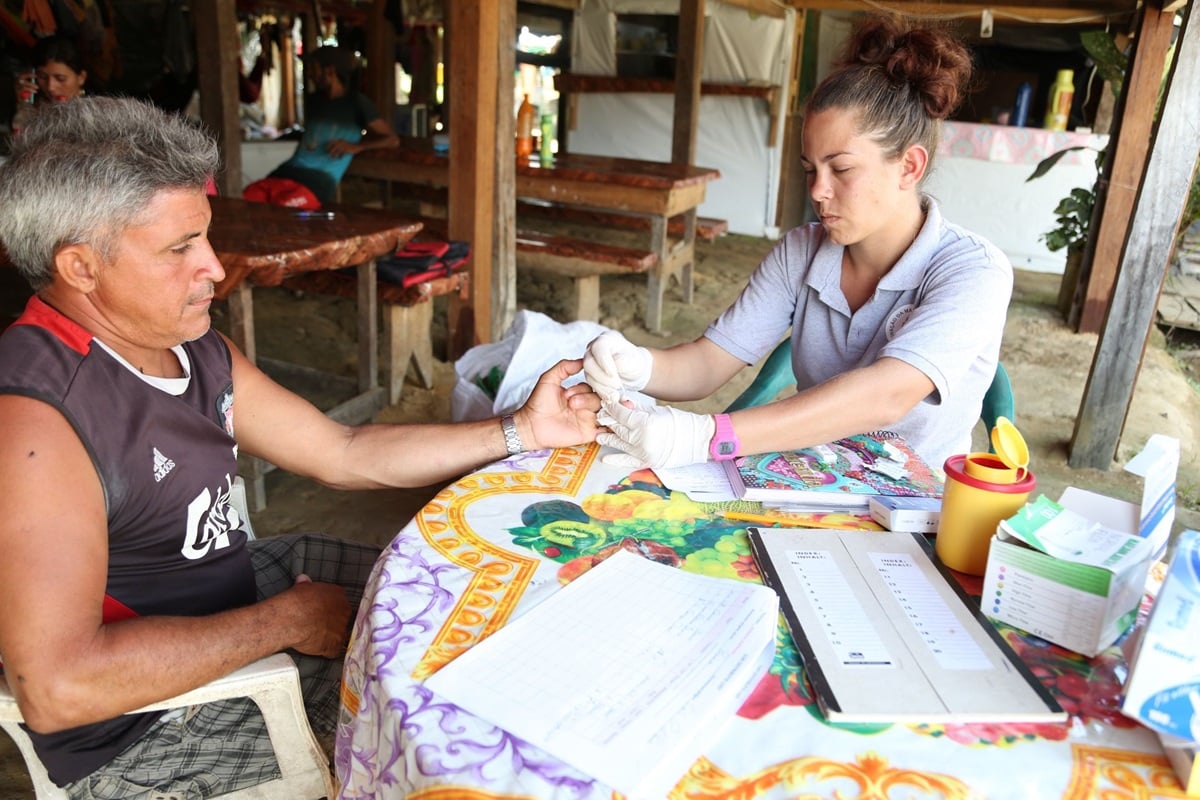Ecosystems aren’t just defined by what species exist, but by how much life they contain. While scientists understand species diversity and where marine life is most abundant today, we still lack a clear picture of how biomass, the total weight of living organisms, has changed over time.
Biomass reveals the real impact and energy flow of life in an ecosystem, like knowing not just the cast of a play, but who the lead actors are and how powerful their performances can be. It’s a vital clue to understanding an ecosystem’s true strength and health across deep time.
While scientists have long known that biodiversity has increased throughout Earth’s history, a new Stanford study adds a key piece: biomass, or the total amount of ocean life, has also mostly grown over the last 500 million years.
Despite some dips during mass extinction events, the overall trend is upward, just like biodiversity. This suggests a powerful link: as life became more diverse, it also became more abundant, filling the oceans with both variety and volume.
Scientists uncover massive, diverse ecosystem deep beneath Earth’s surface
Imagine if ancient seas left behind a diary, not in words, but in shells and skeletons. That’s exactly what the team is decoding. Researchers studied thousands of rock samples packed with the fossilized remains of marine organisms, shells, algae, and tiny protists. These fossils recorded the biomass of their time, that is, the total “living material” preserved across Earth’s history.
Why does it matter?
Biomass reveals how much life an ecosystem could support, and how much energy it moves around, making it a key sign of past ocean health.
Although it once seemed too complex to measure across deep time, researchers took on the challenge. They analyzed over 7,700 limestone samples spanning 540 million years, using a method called petrographic point-counting to examine the amount of fossilized shell material.
By combining decades of studies with new data, they created a clearer picture of how life in Earth’s oceans has ebbed and flowed through deep history.
Some sea life could face extinction over the next century
They found that in the Cambrian Period, fewer than 10% of rocks had shell material. As life diversified during the Ordovician, that percentage rose, evidence of the Cambrian Explosion.
Calcifying sponges were among the early biomass leaders but were soon overtaken by echinoderms (like early starfish) and marine arthropods (like trilobites and crab ancestors).
Over the past 230 million years, oceans saw dramatic rises and falls in life, recorded in the shell content of marine rocks. Shell material stayed above 20%, signaling healthy ocean life, until the Late Devonian extinction (~375–360 million years ago) caused a notable drop.
Then came the worst: the Great Dying (~250 million years ago), the Permian-Triassic extinction, when shell content plunged to just 3%, reflecting a massive collapse in marine life.
Even after major extinctions like the end-Triassic and the one that ended the dinosaurs, marine life bounced back. In today’s era, the Cenozoic, shell remains now make up over 40% of marine rocks, largely due to mollusks and corals thriving.
To be sure, this rise reflected real increases in ocean life, not just fewer shell-destroying predators or sampling bias, researchers ran thorough tests. They analyzed fossil samples across shallow and deep waters, various latitudes, and different ancient continental setups.
Animal poop helps ecosystems adapt to climate change, study
The result? The trend held strong across the board, showing that the growth in shell content truly reflects a long-term rise in ocean biomass.
As ocean organisms became more specialized, they got better at using energy and nutrients, boosting ecosystem productivity. This efficient recycling from phytoplankton to decomposers helped support more life, reflected in greater biomass.
But today, human impacts like pollution, overfishing, and climate change threaten that balance. Scientists warn we may be entering a sixth mass extinction, where shrinking biodiversity could reduce biomass, and future fossil records might carry the traces of this decline.
Jonathan Payne, Dorrell William Kirby Professor of Earth and Planetary Sciences, said, “Our findings show that overall biomass is linked to biodiversity and that losses in biodiversity may suppress productivity for geologically meaningful intervals, adding one more argument for why conserving biodiversity is essential for the health of humans and our planet.”
Journal Reference:
- Pulkit Singh, Jordan Ferré, Bridget Thrasher, et al. Macroevolutionary coupling of marine biomass and biodiversity across the Phanerozoic. Current Biology. DOI: 10.1016/j.cub.2025.06.006







